Features (articles)
A dozen Japanese herbs and vegetables to grow
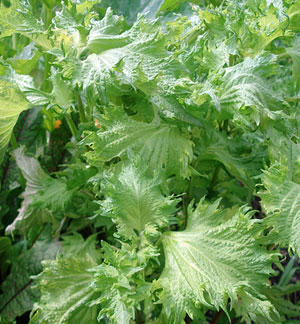
I am finally getting around to sowing some seeds for the vegetable garden. I really should have sown some things earlier, but I figure it's not too late yet.
If you are planning a vegetable garden, or even a few pots on your windowsill, and want to introduce some Japanese flavors, here's a list of some herbs and vegetables to consider growing, in order of importance and ease of growing in a temperate climate. (That's one with real winters...at least, before global warming.) The ones marked with an *asterisk can be grown in pots. A couple of my favorite seed sources are listed at the bottom.
*1. Shiso or perilla
If you can only grow one Japanese vegetable or herb, it should be shiso, or perilla (perilla fructescens). I've also seen it labeled "beefsteak plant", for what reason I know not. Shiso is used at all stages of growth. The seedlings are clipped and used as mejiso, as a fragrant garnish. The fully grown leaves, called oh-ba (big leaves), are used whole or shredded, as wrappings or garnish, as well as in pickles. And the flower buds, called hojiso, are salted and pickled. Onigiri wrapped in salted green shisos leaves are to die for.
The green shiso is the most useful one - the red shiso is usually just used for making umeboshi (pickled plums), and for hojiso. If you have the space growing both is great, but you'll need more green than red.
Since shiso leaves bruise rather easily, they are pretty expensive even if you can buy them. So, they are really worth growing yourself.
If you are lucky, shiso will self-seed itself. They did for me, but someone else mistook them for stinging nettles and pulled them all up! So, I'm sewing some anew this year.
You might find this in the ornamental seeds section,since the leaves are very attractive.
In terms of growing habits and conditions, it's quite similar to basil, so if you can grow basil you can probably grow shiso successfully. To keep the plants going keep plucking off any new buds until the weather turns cool, then let them form buds which you can cut off and preserve in salt. The only problem with shiso is that the leaves can get chewed up or get little holes drilled into them by various insects. Otherwise they are quite problem free. They do require lots of sun.
*2. Mitsuba
This is another herb that adds a really Japanese flavor to dishes. It's primarily used as a garnish, so you just need a little.
There are two kinds of mitsuba sold, but they are the same plant: regular mitsuba, and the kind with long, blanched stems. The latter kind is a pain to grow for the home gardener, but regular mitsuba grown for the leaves is very easy. Succession sowing is required. Mitsuba does pretty well in pots on a windowsill.
*3. Daikon radish sprouts
Called kaiware (which means "split shell), this is something you grow indoors rather than outside. Sew some seeds on a piece of thin washing-up sponge pushed into the bottom of a pot or a waterproof container of some kind, and keep the sponge moist. The seeds should sprout in about 2-3 days. Let them grow straight up if possible, though you can still use them if the stems curl. Used as a garnish and a salad ingredient.
4. Small Japanese turnips
Japanese turnips (kabu) are snow white and tiny compared to Western style turnips. They are very sweet and great in everything from pickles to soup to stews. The green tops can also be cooked. Provided you can prevent the pests from chewing the roots, they are very easy to grow, maturing in 30 days or so.
5. Japanese greens
[Note: this part has been edited to correct some botanical fallacies and confusion!]
There are many easy to grow Japanese greens: Komatsuna, Mizuna, Shungiku, Nanohana, etc. Most are better when grown in cool weather. If you can manage to overwinter komatsuna (botanical name brassica rapa var. peruviridis) and other greens in the spring you'll get more tender and sweeter leaves. On nanohana (botanical name: brassica rapa var.amplexicaulis), which is rather similar to broccoli rabe or broccoli rapa , you will get some beautiful yellow-green flowers, considered as one of the harbingers of spring.
Beetles and other pests do love to make little holes in the leaves of tender greens, so you need to protect against that - if you don't mind how it looks, covering them in horticultural fleece is the best way. Note that in Japan, greens (including spinach) are usually allowed to grow to full size rather than picked as 'baby leaves' for salads.
*6. Japanese eggplants / aubergines
Japanese eggplants or aubergines are small, black and slim. You can substitute eggplants sold as "Chinese", which are a bright purple and very slim, but you can't really substitute large Western style eggplants.
Growing eggplants is rather advanced gardening, especially in cool climates. I have had the best success growing them in large pots in a protected location. They require a rich growing medium, frequent fertilizing and lots and lots of water. If you're up to it though, they will reward you with tons of gorgeous little eggplants that keep giving and giving.
*7. _Shishito_ chili peppers
Shishito chili peppers are mildly spicy, rather like jalapeño peppers. They're usually eaten while still green. Very nice as tempura and in many other dishes. If you can grow other kinds of peppers, chili or sweet, then you can grow shishito.
*8. Green onions
You use such a lot of green onions in Japanese cooking that it can be quite worthwhile to grow some in the garden. You need to sow then in succession for a continuous supply. They are quite easy to grow. There are lots of varieties, but I just grow a general "evergreen" type. You can grow these in pots or growing boxes. You can even try planting up the cut off bottoms of store-bought green onions - they will sprout!
9. Kabocha, or Japanese squash
You need lots and lots of space to grow squash. Japanese squash, or kabocha, are sweet, dense and decidedly not watery. I've had mixed success with kabocha, but when I have gotten some to ripen successfully we've spent the rest of the year talking about how good they were.
10. Daikon radish
I find daikon difficult to grow because we have rather stony soil, so the daikon roots often end up splitting in odd ways. Also, you can buy daikon or mouli quite easily in stores, so it may not be worth the effort. But your own are always better, of course, especially since you can also eat the delicious green tops, which most stores in Europe and the U.S. seem to cut off.
11. Gobo or Burdock root
Gobo, or burdock root, is very hard to get a hold of unless you have access to a fairly good sized Japanese grocery. But it's also very hard to grow. It requires very deep digging to avoid it splitting into multiple thin roots, and it takes a long time to mature. But that earthy, crunchy flavor is an integral part of many Japanese dishes.
12. Japanese cucumbers
Japanese cucumbers are small, very thin and quite seedless. Worth growing if you like to eat lots of raw cucumber in salads and so on. Grow like other cucumbers, ideally on a trellis.
Other vegetables
I've had mixed, mostly bad, experiences trying to grow these:
- Edamame. The tips tend to get attacked by tiny black beetles, even while bush beans are growing near them happily. I guess they must be very tasty. I may try them again though, because nothing beats really fresh edamame.
- Soramame, or broad beans. Also very popular in England. I need to sow these in the fall I think...sowing them in the spring yields rather sickly and poor bearing plants. (Note, I'm not much of a gardener!)
I'd also like to get my hands on some myo-ga root. And if I could grow a real ume tree...
Some favorite seed sources [UPDATED]
My favorite Asian seed mail order source by far is Evergreen Seeds in Anaheim, California. I have been buying seeds from them forever, and my mother used to buy seeds from them back in the early '80s for her garden in Long Island, New York. They ship internationally, which is so rare for a U.S. based company. They carry lots of Asian (as in Chinese/Korean/Thai) seeds besides the Japanese ones.
KCB Samen is a great online store based in Basel that sells a huge variety of squash seeds, including several kabosha varieties. A more detailed review.
Kitazawa Seed Company in Oakland, California is another good mailorder source (though their website seems to be broken at the moment). I don't think they ship outside of the U.S. though.
I'd also like to mention Real Seeds, especially for UK and European gardeners. While they don't really carry a lot of Japanese vegetable seeds, I just love their whole attitude. They don't sell any F1 hybrids, just heirloom and open pollinated varieties. They actively encourage you to save your own seeds - unheard of for a seed supplier! Their web site is so fun to read I bought way more seeds from them than I needed.
A reader recommends Nicky's Nursery in the UK. They have some 'Oriental' vegetable seeds, green, red and bi-color shiso seeds, and so on. They ship to Europe and 'Rest of World', but not to the USA or South Africa due to import restrictions by those countries.
A lot of general seed catalogs, like Thompson and Morgan, Burpee's, Mr. Fothergills etc. do sell some Japanese vegetable seeds. Thompson and Morgan is my favorite big seed catalog, mainly because they ship worldwide. (The two major Swiss seed companies, Select and Samen Mauser, are good sources for vegetable seeds in general, but they don't carry any Japanese vegetable seeds. They have great selections of green beans though.)

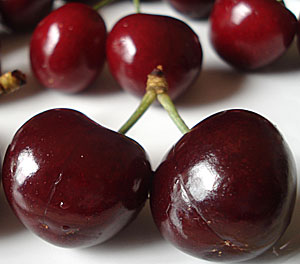

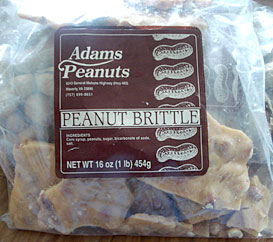

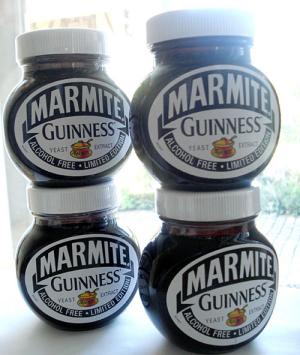

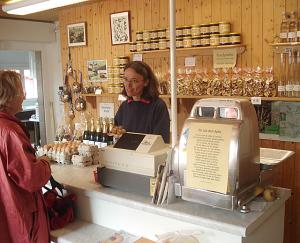
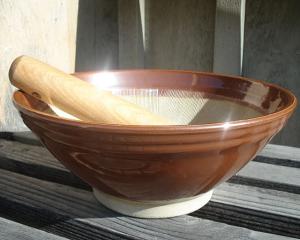
 Welcome to Just Hungry, where we serve authentic Japanese recipes and more! I'm
Welcome to Just Hungry, where we serve authentic Japanese recipes and more! I'm 













